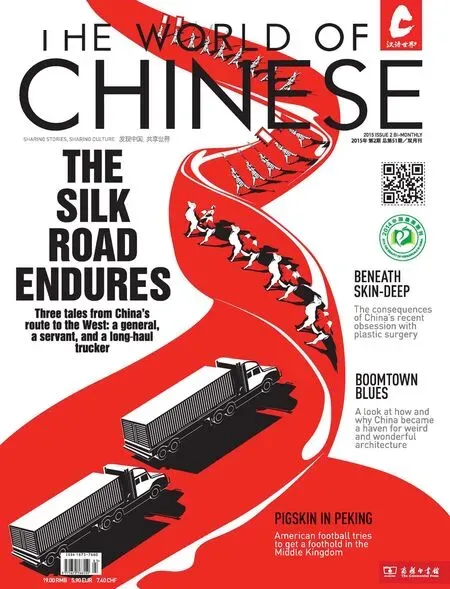WALLED CITY
MADE lN CHlNA
WALLED CITY
The Kowloon Walled City and its hold on imaginations worldwide
九龙城寨,这座空中迷宫般的传奇贫民窟,虽然已经拆掉多年,但仍能在香港找到它些许残存的灵魂
To the unlicensed dentists and doctors who plied their trade in their ramshackle clinics, prostitutes, triad gangsters, and fugitive Kuomintang soldiers, the Kowloon Walled City (九龙城寨) was an unregulated, tax-free oasis that shielded them from interference from the Hong Kong authorities.
But, right up until its evacuation and subsequent destruction in 1993 and 1994, the majority of the inhabitants simply called it home.
Although it would become associated with crime and lawlessness—with Hong Kong residents from other areas often shunning it—the estimated 33,000 residents who were living on the 2.7 hectare patch in 1987 lived reasonably normal lives. By that point the crime and population density had signifcantly decreased, but it was still the densest population of human beings the world had ever seen. Most likely, nobody will ever know exactly how many people lived there at its peak. Before it became a cradle for organized crime and inspired imaginations worldwide, the Kowloon Walled City began its life as a trading outpost way back in the Song Dynasty (960 – 1279). For centuries, the outpost saw little action, save for sales of salt. Later it was intended to be a bulwark against British colonial expansion from Hong Kong, but In 1898 all this changed, when an agreement between the colonial British authorities of Hong Kong and the Qing government left it in territorial limbo, and British authorities invaded, expelling many Chinese. The physical walls came down, pillaged for building materials. But the diplomatic walls remained, and in this vacuum a wooden shantytown began to form. Despite deadly fres and occasional efforts from the British to evict them, the squatters persisted.
When the colonial authorities in 1945 began enforcing bans on vice, the Kowloon Walled City became a haven for those seeking to evade the crackdown, augmenting the existing population, many of whom had fed China’s civil war. The result was a community which steadfastly opposed any form of authority.
In the 1950s, the triads slowly but surely began to exercise control over many aspects of the Walled City, but even then it remained a fragmented society, built upon the pragmatic needs of the moment. Between the locals who ventured into Hong Kong to tap water and electricity mains to serve their needs, and the vibrant black markets in vice, the city

